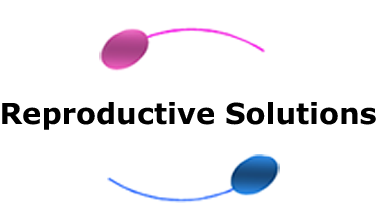Myomectomy: Surgical Treatments for Uterine Fibroids
Myomectomy is a surgery to remove fibroids without the uterus. This is the treatment for women who wish to have children after treatment for their fibroids or who wish to keep their uterus. You can become pregnant after myomectomy. Hysterectomy is the surgical removal of the uterus, or womb. Hysterectomies are commonly performed as a final treatment option for uterine fibroids, as well as abnormal uterine bleeding, and in some patients with chronic pelvic pain.
Most myomectomies are performed through an incision in the abdomen, usually an incision along the bikini line. The disadvantages of myomectomy surgery is that due to the invasiveness of the procedure the surgery requires a large incision, general anesthesia, and has risk factors associated with abdominal surgery such as blood loss, pain, infection, and longer recovery.
Abdominal Hysterectomy
A hysterectomy may be total where the uterus and the cervix are removed or subtotal where only the uterus is removed and the cervix is left inside. During this surgery, the ovaries and other pelvic organs may also be removed.
The disadvantages of abdominal hysterectomy are the same as for abdominal myomectomy. The risks of general anesthesia, blood loss and infection. Hospital stay is about 1-3 days and full recovery takes 2-6 weeks.


